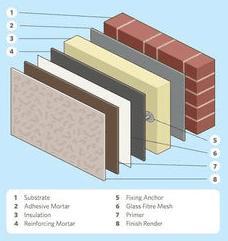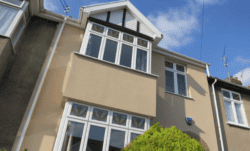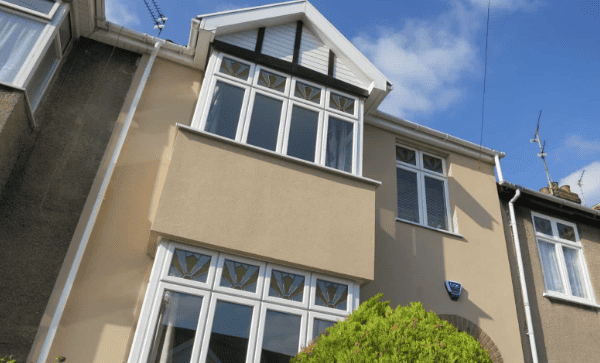When thinking about adding value to our homes, insulation may not be the first thing that springs to mind, but increasingly, a home’s energy efficiency and sustainability is climbing up buyers’ list of priorities when house-hunting.
Not only is society increasingly seeking to reduce carbon emissions, but it also makes financial sense as energy bills have rocketed since spring 2022. The leading body on home energy efficiency, the Energy Saving Trust says that wall insulation is one of the key ways in which we can reduce our energy usage and bills.

Why insulate?
Those considering exterior wall insulation should understand the pros and cons of this type of insulation, and also what the process involves.
Walls with no cavity between the outer brickwork and inner wall components are called ‘single skin’ walls. This leads to the transference of cold temperatures through the walls into your home, a process called energy bridging. Single skin walls are common in homes built before the 1920’s. It is possible to add interior insulation to a room, creating a cavity using panels or stud walls that can then be insulated, but this may mean losing space in a room.
What is exterior wall insulation?
Exterior wall insulation in Bristol and across the country is a good investment as it will increase the energy retention of a home. It is a similar process to internal wall insulation, where a layer of insulation is added onto the outside walls instead. This means you don’t lose space inside the house and don’t need to redecorate inside.

This is an effective way of insulating single skin walls but may affect the appearance of property quite dramatically so it is a good option for homes undergoing a refurb.

